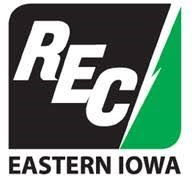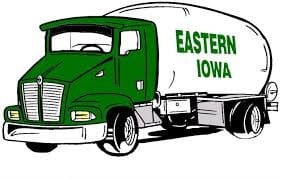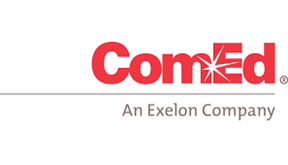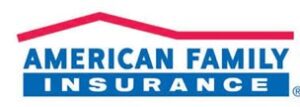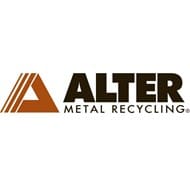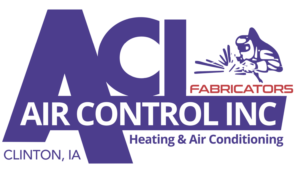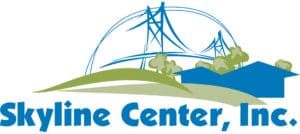Heartland Basic Economic Development Overview
On April 28th 2016, I graduated from the Heartland Economic Development Course presented by the University of Northern Iowa Institute for Decision Making. 96 students gathered in Blue Springs, Missouri representing Iowa, Arkansas, Kansas, Nebraska, South Dakota, North Dakota, Florida, Michigan, and, of course, Missouri. This course is referred to as the “basic” course as it is the first step an economic developer takes in pursuit of certification through the International Economic Development Council.
We covered topics such as business retention & expansion, marketing, site selection, and economic development incentives and financing. I want to leverage this blog space by offering a brief overview of the information I learned in each subject matter. At times, this course was like drinking from a fire hose, but after reflecting back on the available slides and handouts, I feel that I have created a well-formatted “best of” list of lessons learned.
Business Retention & Expansion
The focus of our business retention & expansion (BRE) program will be to help companies at risk of leaving/downsizing, identify opportunities to help companies expand in the region, identify problems that could cause employers to leave the region, and build relationships with company executives and local leadership. We do this by scheduling visits with those company representatives that have the insight and knowledge to provide predictive information regarding expansion, workforce, market demands, quality of life/place, technology, and utility services. Once we have this information, the economic development organization is then able to manage a database of key indicators or “red flags.”
Gathering this information is everyone’s responsibility. Community members can assist by keeping their eyes open and ears pressed to the ground listening for stories of recent awards, possible layoffs, or opportunities for growth in new markets. The success of our BRE program is linked to the timeliness of our response, the quality of information we receive, and the inflow of new assistance projects into the pipeline.
Marketing Your Community/Site Selection
When it comes to marketing our community for business attraction purposes, the “sweet spot” lies in the overlap of understanding our region’s economic assets, and understanding how our region appears through the eye of an investigating site selector. The number one priority of a site selector is to uncover a flaw that removes our location from consideration. Their job is not to highlight our points of strength, but to shed light on the weak areas that may prove to be a risk to their client.
One great tactic to attract new business is to define our unique value proposition. A value proposition is a statement used to summarize why a business should look to our region as a place of interest for expansion or relocation. This statement convinces a potential business that our regional assets will add more value than other similar regions.
Let others sell you! A value proposition, once drafted, should be on the tip of every community member’s tongue when interacting with prospects, local business leaders, and the guy warming the corner bar stool. You never know who’s listening! Have a congruent message, and stick to it.
Community image and reputation matter. As a site selector looks to build their short list, they begin investigating the quality of life, and the health of existing businesses. During my class, several selectors admitted to often contacting directors of human resources and plant managers, and questioning their relationship with local government, utility companies, chambers of commerce, and the economic development organizations. This links back to the importance of an active business retention program. We want them to have a positive response.
Lastly, and this may seem small, but it was advised that we use an outline of our state with a star or pin marking our location within the state on our marketing material. When you think of how many Clintons there are in the country, we want to make sure a business or site selector remembers our positive interaction as the Clinton Region along the Mississippi River in Iowa and Illinois, as opposed to Clinton, Nebraska.
The Role of the Economic Developer in Finance/Incentives
The purpose of economic development incentives is to address any cost disadvantages, revitalize distressed regional economies, and induce favorable economic activity. Incentives have three primary impacts on a company’s profitability; lower job training costs, reduce State and local business taxes such as sales, income, and property tax, and offset upfront capital costs.
When competing for selection, be sure to study your competitors. Understand what they can offer, and how you compare in relation. When determining if an incentive is necessary, experts recommend applying the “but for” test. “But for” this incentive, this wouldn’t be possible. This is a great way to determine the necessity of an incentive; especially when using public dollars. Also, it’s important to develop a baseline incentive policy. Site selectors are looking for a starting point, and they may not be willing to pick up the phone to find out what that point is. By creating a baseline policy, and posting it on your city or economic development website, we are publicly announcing our willingness to work with a business looking to move into our region.
The job of an economic developer is to stuff the pipeline with new deals, but also to be knowledgeable enough to prevent bad deals. We should never be afraid to ask, Why?Why is this project a good fit for our region? We also have to do some investigative work to determine if a business is ready for a project, or if they are leveraging our interest to drive a competitor into a more favorable deal. A few questions to ask ourselves are:
What are the company’s location drivers?
Is it really a competitive situation?
If so, who is it and what are the differences?
If so, what will it take to win?
What research needs to be conducted on the prospects past deals?
Is this company viable and growing?
In summary, when developing incentives don’t bet the farm. Develop a baseline, and go from there. If a prospective company is not willing to take any financial risk to reach a deal…RUN!
Heartland was a great experience, and I am thankful to have had the opportunity to attend. This course will act as the catalyst to my future professional development.
If you have any questions, don’t hesitate to reach out. My email address isasokolovich@clintondevelopment.com.
Thank you again for the chance to serve our region, and I look forward to sharing more information as my journey continues! ~Andy
















































